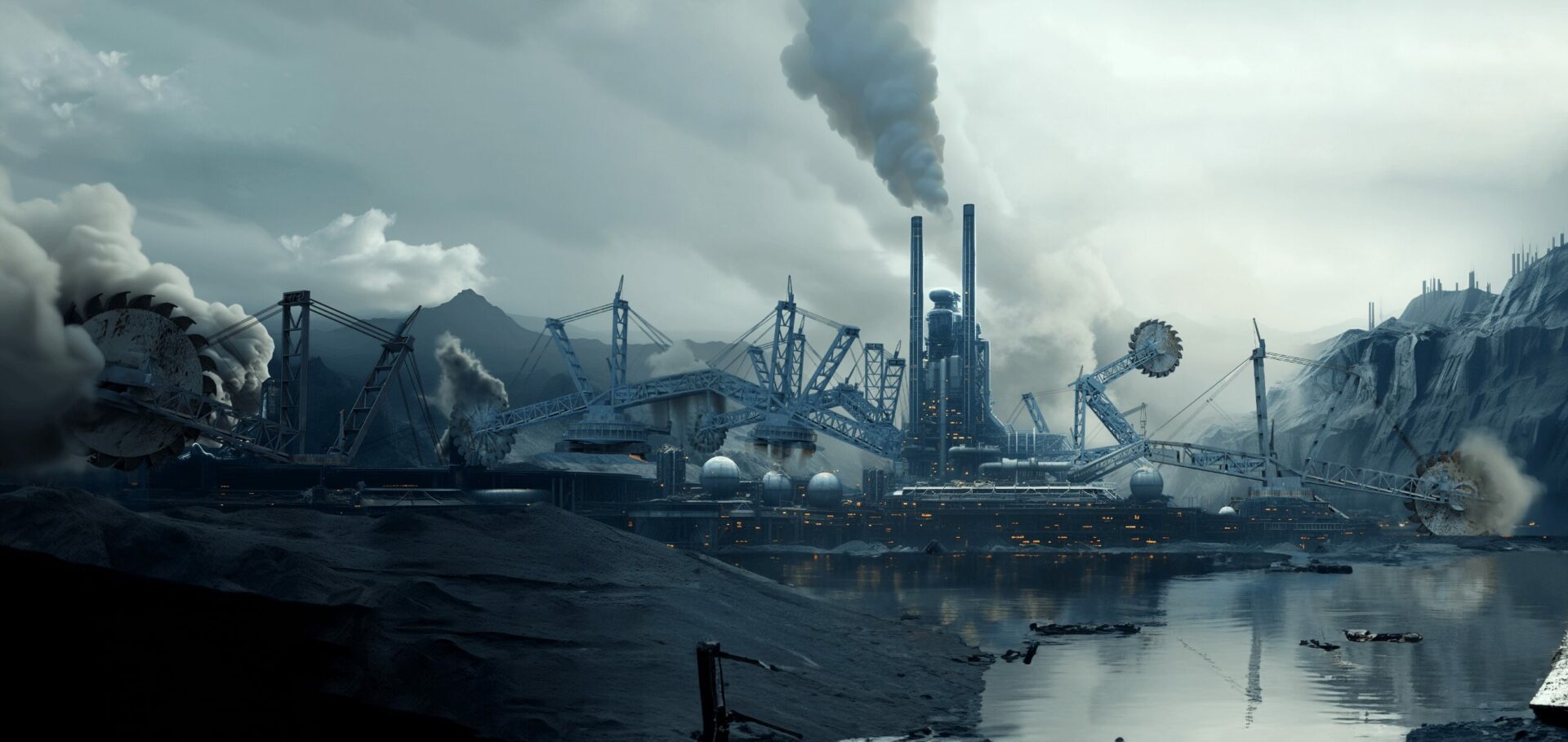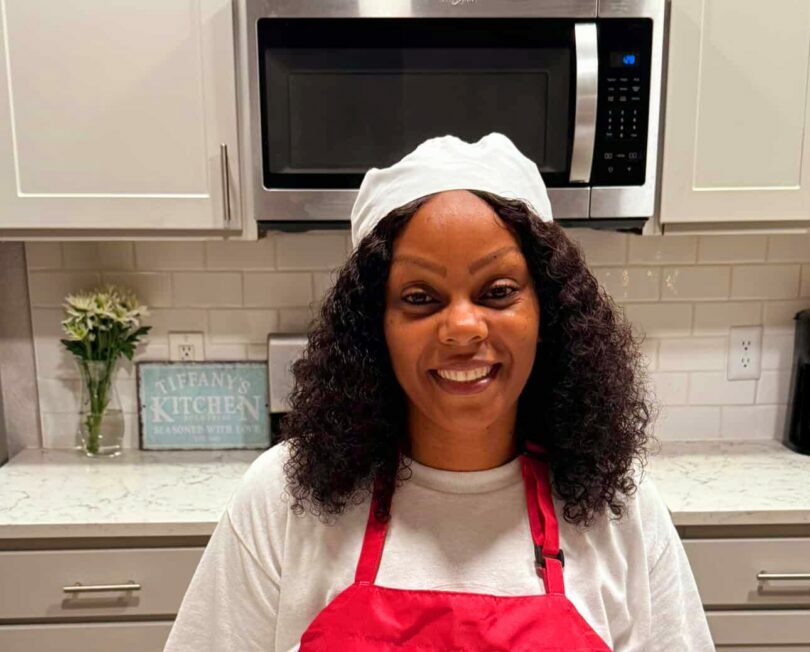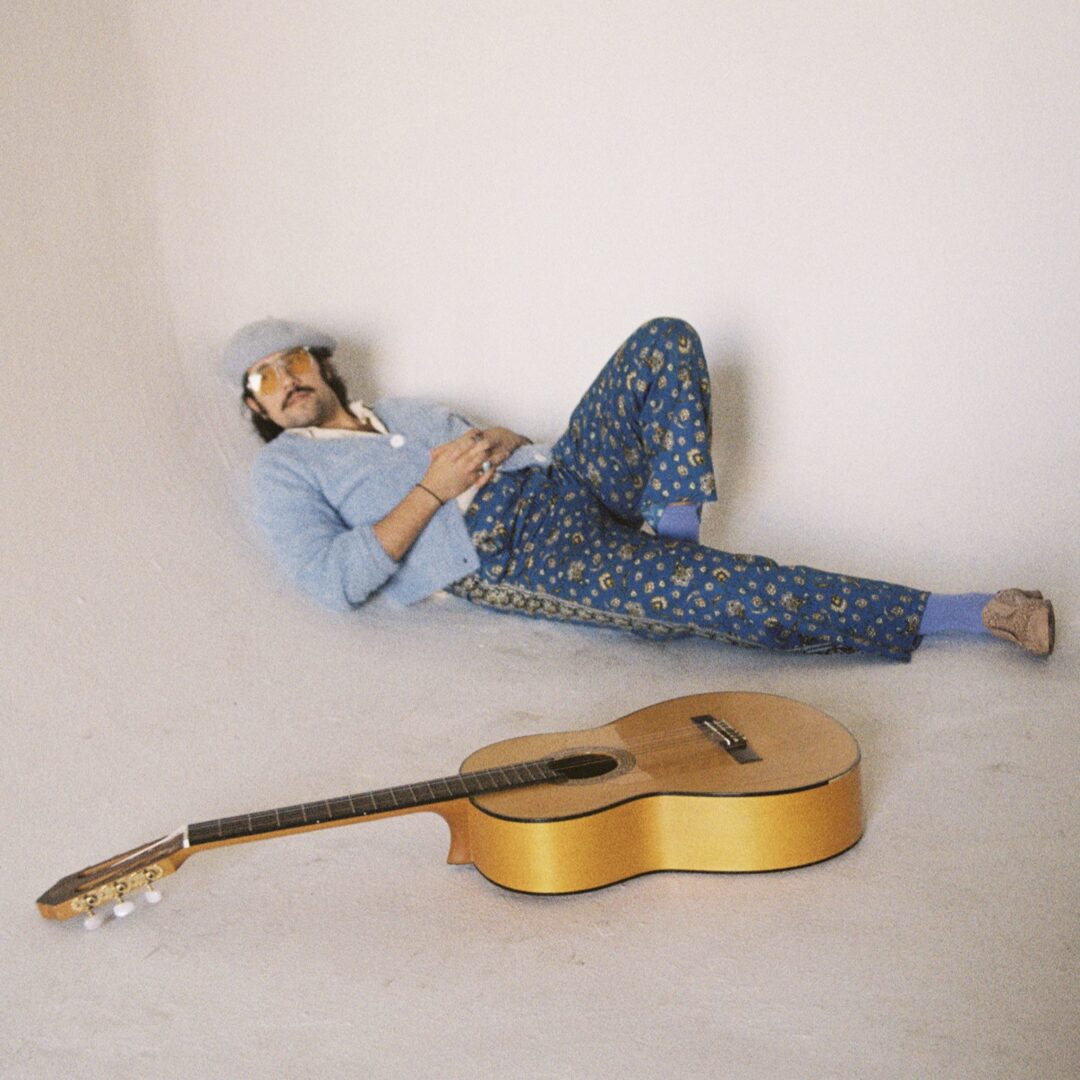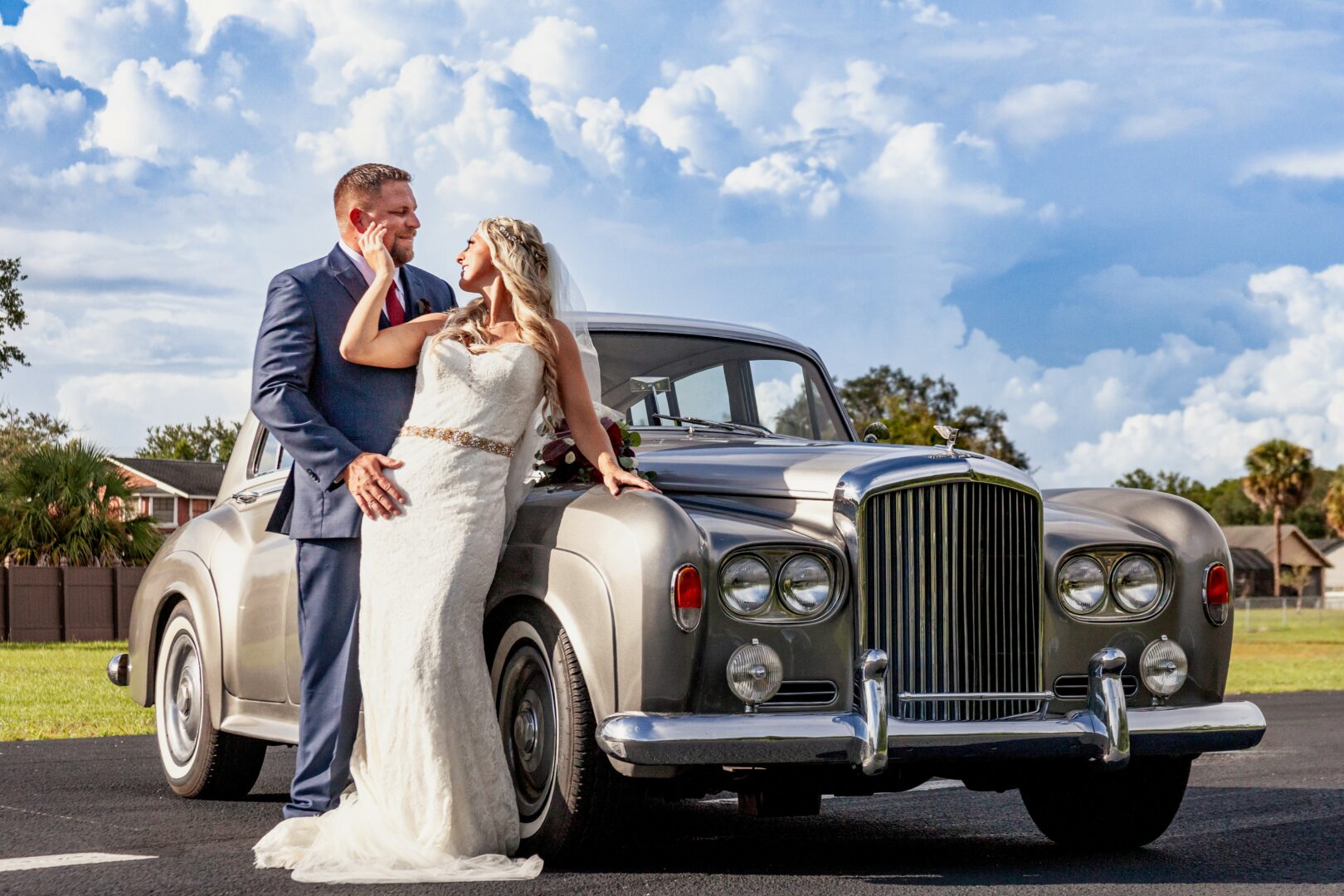We caught up with the brilliant and insightful Alejandro Loor a few weeks ago and have shared our conversation below.
Alejandro, appreciate you making time for us and sharing your wisdom with the community. So many of us go through similar pain points throughout our journeys and so hearing about how others overcame obstacles can be helpful. One of those struggles is keeping creativity alive despite all the stresses, challenges and problems we might be dealing with. How do you keep your creativity alive?
Creativity is a living practice for me, sustained through a dynamic blend of sketching, spontaneous note-taking, and moments of mental wandering. The process begins with striking while the iron is hot—capturing ideas as they surface, whether on metro rides, in the fleeting scenery outside a car window, or at unexpected moments. Sketches and notes are my anchors, recording the specificities of a thought that might never return or evolve beyond recognition. Revisiting these raw ideas often reveals new paths and sparks that further my work.
My creativity draws deeply from my surroundings, whether it’s the echoes of machinery from construction sites during Hidden Theatrics, or the raw, verdant resilience of the mangroves where I grew up, inspiring Sacrificial Landscapes. This connection to place and experience extends to my encounters with architecture in Los Angeles, a city shaped by iconic objects and layers of influence. Film, too, plays a significant role—I return to certain movies repeatedly, letting their visual language and storytelling seep into my consciousness and subtly guide my projects.
Working across disciplines—architecture, design, film—keeps me from being boxed in. I see creativity as an expansive field, one where design acts as the translator of ideas, refining them into tangible, coherent expressions. This perspective drives me to stay contemporary, pursue novelty, and embrace self-referential narratives that weave through my body of work. When I face creative blocks, I let the city pull me on long walks or find solace in a theater seat, allowing space for new provocations. It’s in this balance between deliberate thought and spontaneous discovery that I remain engaged and push my practice forward.
Engagement with other creatives is essential, too; their work and honest feedback challenge me to reconsider my own approaches and raise the bar. While criticism can be uncomfortable, I value the truth that shapes better outcomes. Ultimately, my most profound collaboration is with my own work—it is both my partner and my critic. It’s this ongoing dialogue, marked by tension and discovery, that keeps my creativity not just alive, but constantly evolving.

Thanks, so before we move on maybe you can share a bit more about yourself?
My journey as a design researcher and new media artist is deeply rooted in personal and professional transformation. One of the most pivotal moments was moving from Ecuador to Los Angeles at the age of 18 to study architecture. It was here in LA, a city of endless creative stimulus, where I found the freedom to explore my queer identity and redefine my approach to design. This transition marked the beginning of a new chapter where my practice evolved beyond traditional architectural boundaries and embraced interdisciplinary exploration.
Creatively, my undergraduate thesis, Hidden Theatrics, was groundbreaking for me. It was my first deep dive into understanding and revealing the hidden systems that support our built world—the machinery and processes often overlooked. This concept of uncovering the unseen is what paved the way for Sacrificial Landscapes. In this current project, I take the idea further by investigating the ecological and extractive systems that shape places like Ecuador, exposing their impact and fostering new ecological narratives.
What drives my work is the inherent need to create. I’ve realized that when I’m not making, whether through design or speculative thought, I feel unsettled. This need to translate ideas into tangible forms—whether through film, objects, or design installations—fuels my practice and propels me forward. The act of making is where I thrive; it’s in those late-night moments spent painting a reforestation outfit or crafting concrete planters where I find the most excitement. Each project builds upon the last, creating a self-referential network that binds my body of work together, manifesting in different forms and perspectives over time.
Currently, my most significant project is Sacrificial Landscapes, a design research exhibition that reveals the hidden impacts of industrial shrimp farming on Ecuador’s mangrove forests. This work represents a new chapter for me, merging research, speculative design, and real-world narratives into a cohesive form. I aim for my projects to provoke thought and spark diverse reactions—whether love or hate, agreement or dissent. It’s essential that my work speaks truthfully to what I think, merging conceptual depth with aesthetic impact to create experiences that resonate and challenge.

There is so much advice out there about all the different skills and qualities folks need to develop in order to succeed in today’s highly competitive environment and often it can feel overwhelming. So, if we had to break it down to just the three that matter most, which three skills or qualities would you focus on?
Looking back, if I were to pinpoint the three most impactful qualities or areas of knowledge in my journey, adaptability would be at the forefront. Early on, I learned that the creative process isn’t linear, and the ability to adapt—to move between scales, mediums, and disciplines—became invaluable. Whether I was sketching a new architectural concept or constructing props late into the night, the ability to shift perspectives and experiment kept my work vibrant and evolving. To anyone starting out, I’d say: don’t box yourself in. Stay curious, be willing to pivot, and let the unexpected guide you sometimes.
The second thing that shaped my path was embracing an interdisciplinary approach. I’ve always believed that design shouldn’t be confined by boundaries. My work draws from architecture, art, film, and even environmental research. This blend enriches my projects and lends them a multifaceted nature. For those at the beginning of their journey, I can’t stress enough the importance of looking beyond your immediate field. Read widely, engage with art forms that challenge you, and bring that into your practice. The more diverse your knowledge, the more tools you have to tell your story.
Lastly, resilience has been crucial. Let’s be real—creative work is filled with challenges. There have been countless moments when projects felt stuck or when ideas didn’t come together as I’d envisioned. But pushing through those moments taught me that setbacks are just part of the process. They’re opportunities to learn and iterate. If I could give advice to those starting out, it would be to welcome those rough patches. They might be uncomfortable, but they’re often where growth happens. Find people who will give you honest feedback, and don’t be afraid to start over if it means getting closer to what you’re striving for.
When I think about what kept me going, it’s these three things: adaptability, drawing from multiple disciplines, and resilience. They’re qualities that not only shaped my work but also helped me keep my practice alive and evolving, even during the toughest moments.

Looking back over the past 12 months or so, what do you think has been your biggest area of improvement or growth?
Over the past 12 months, my biggest area of growth has undoubtedly been navigating the uncharted territory of creating a design research project that was multifaceted in its execution. Embarking on Sacrificial Landscapes meant pushing beyond what I was familiar with and stepping into roles I had never occupied before—documentary production, exhibition curation, sound design, and world-building. It wasn’t just about architectural and design skills; it was about orchestrating an entire ecosystem of creative outputs that spoke to a unified vision.
The process was as challenging as it was eye-opening. I had to learn on the go—how to storyboard, shoot, and piece together a compelling narrative on film; how to interview peopel and layer audio that could carry the emotional weight of the visuals; how to design an exhibition experience that would resonate on a deeper level. This leap required me to embrace the struggle, to guide myself through moments of doubt, and to trust in the iterative nature of making.
The most surprising part? Discovering that when you allow yourself to face these uncertainties head-on, you grow in ways you didn’t know were possible. I’ve learned that taking those leaps, even when you’re unsure of where you’ll land, is essential. It’s in that discomfort where the most meaningful work takes shape, and you might just find yourself capable of things you never anticipated. This past year was a testament to the power of taking risks and allowing those risks to lead you somewhere unexpected yet transformative.
Contact Info:
- Website: https://www.alejandroloor.com/
- Instagram: https://www.instagram.com/at_loor/
- Linkedin: https://www.linkedin.com/in/alejandro-loor-56912518a/





Image Credits
Alejandro Loor




